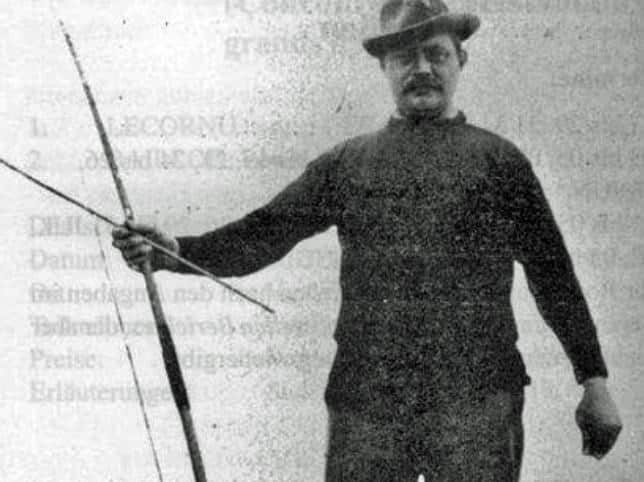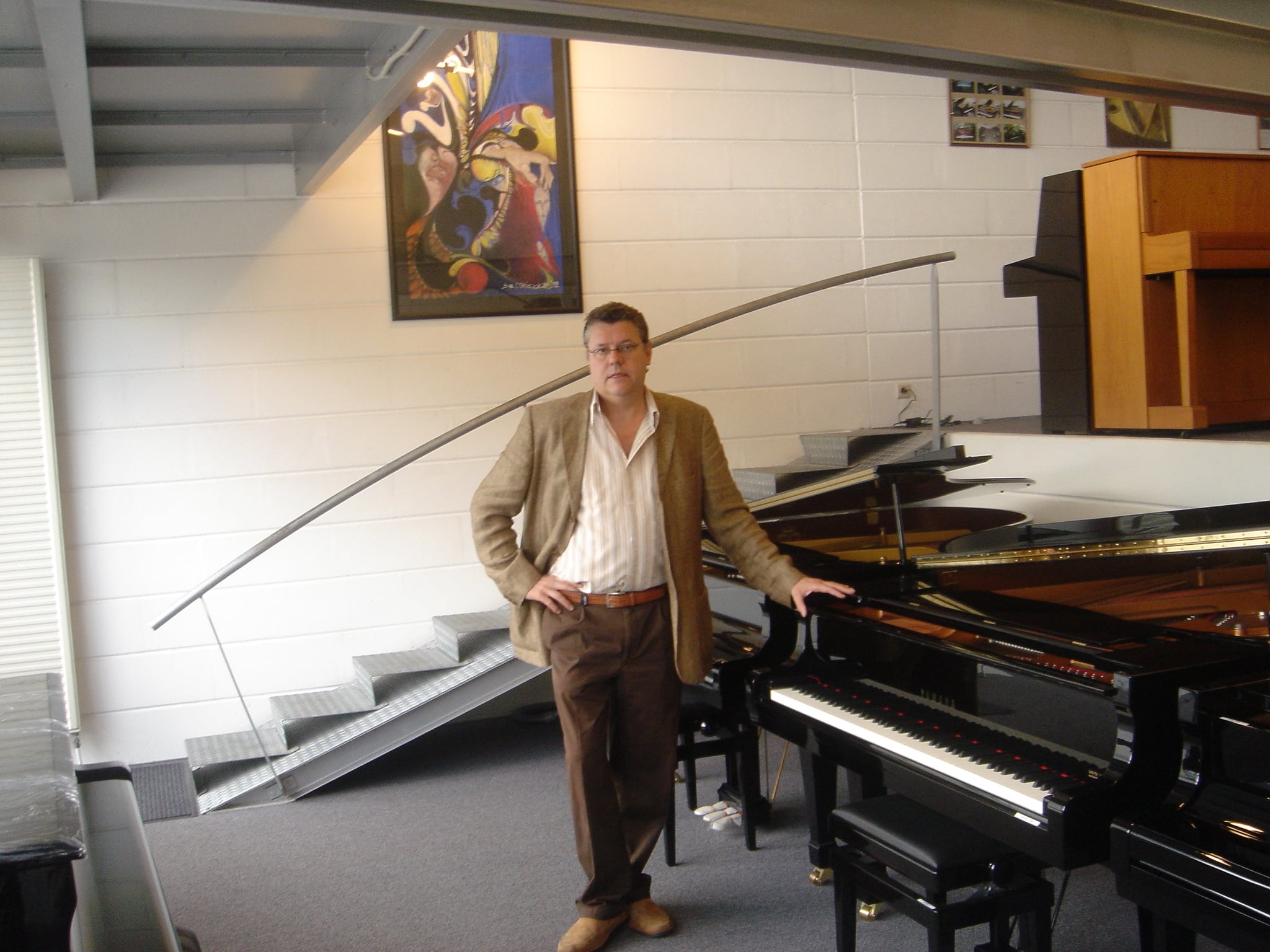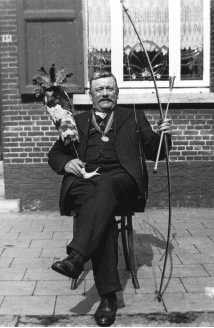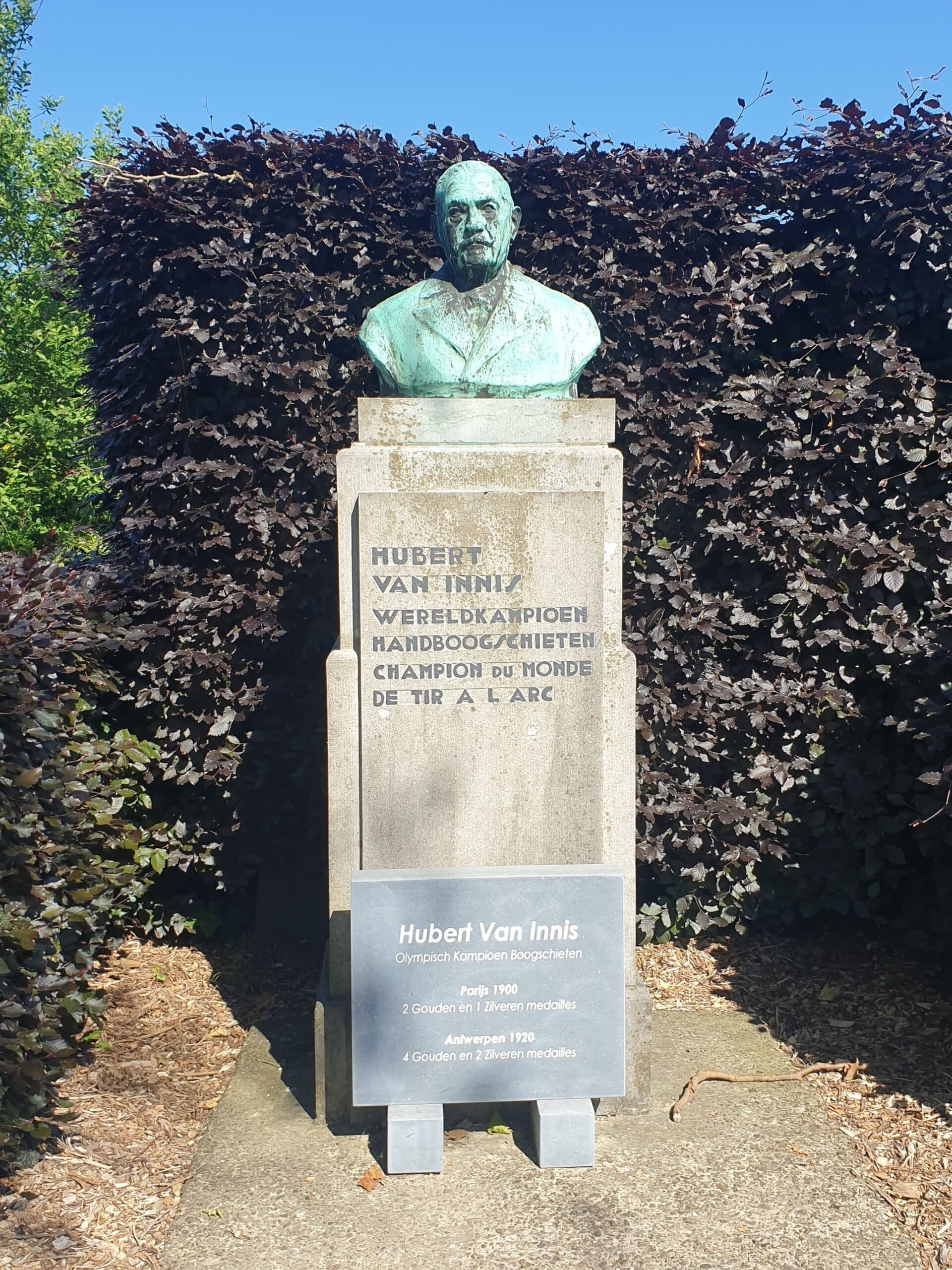As of today, Belgium has won a total of 39 Olympic Medals. Nine of them were accounted for by one man: archer Hubert Van Innis (1866-1961). No other Belgian sportsperson has won more medals. There are still a lot of wild stories circulating about the flamboyant Van Innis. So many, in fact, that his actual Olympic wins are almost a footnote to his life story.
In 2021 it might be hard to believe that in 1920, when the Olympic Games were held in Antwerp, archery was one of the most popular disciplines. Its popularity was on the level of cycling today. With Hubert Van Innis the Belgians had an absolute top talent in their ranks, which was certainly a factor in the sport’s popularity. He earned the nickname “Brabant’s William Tell” due to both his success on the archery range and his flamboyant lifestyle.
 One of the rare pictures of Hubert Van Innis (1866-1961)
One of the rare pictures of Hubert Van Innis (1866-1961)© rr
Distant descendant Alain Van Innis already knows who will be on the other end of the line when his phone rings. He is one of the last to carry on the Van Innis name so in Olympic years he is always contacted by the press. ‘I never knew him myself, but he must have been a phenomenon. His reputation precedes him’, says Van Innis.
 Alain Van Innis
Alain Van InnisTwice the same gold
In the first place, of course, the story is about Hubert Van Innis’ sports accomplishments. It was in Antwerp’s Nachtegalenpark
(Nightingale Park), which remains popular with archers to this day, that Van Innis established his reputation as a brilliant archer. During the 1920 Olympics, he won four golds and two silvers there. The Belgian archers brought back a total of fourteen medals from Nightingale Park.
That there were fewer participants than podium places in some disciplines is usually not mentioned, nor is the persistent rumour that the Belgians had convinced several other participants that the archery competitions had been cancelled. Nevertheless, Van Innis earned his place in the list of the top 20 most acclaimed Olympic athletes of all time, a ranking led by American swimmer Michael Phelps.
The 54-year-old Van Innis was, of course, no rookie at the 1920 Antwerp Games. He had previously won two gold medals and one silver at the 1900 Paris Games. That achievement, of double gold in the same discipline, was made possible by calculating the points in two different ways.
Archery’s Eddie Merckx
Van Innis won his first major archery competition at the age of fourteen and kept on winning for the next half-century, trotting from one competition to another on horseback. As a sort of Eddy Merckx of archery, he kept chasing the prizes. According to legend, his efforts yielded no fewer than 350 silver cups, trays and cutlery sets, common trophies at the time. And unlike Merckx, Van Innis remained active into old age. When, later in life, he developed muscle pain in his left arm, he taught himself to aim with the right and continued to win prizes. He became world archery champion for the last time at the age of 67.
 Hubert Van Innis after winning the World Championship in London. He was 67 at the time.
Hubert Van Innis after winning the World Championship in London. He was 67 at the time.© Fonds André Verelst
Hubert Van Innis also caused a furore away from the archery range with his flamboyant lifestyle. ‘He earned a lot of money with his name and reputation’, says Alain Van Innis. Great-grandfather Hubert was a brewer and owned several catering businesses. In a restaurant he opened in Schaerbeek (near Brussels) in 1902, the floor was not scrubbed with soap but with champagne and King Leopold II, an avid archer himself, regularly paid visits to the Olympian. Van Innis also opened the country’s first indoor archery range. Yet he was never particularly attached to his Olympic medals. ‘He gave most of them away’, says Alain Van Innis.
Hereditary talent
When Alain was born, in 1955, Hubert wrote a touching letter to Alain’s mother, expressing his joy that the Van Innis name would continue. Alain, however, does not shoot. He inherited a love of music from his father and runs a piano shop in Mechelen.
A couple of Van Innis’ other descendants have inherited his love of and talent for archery. Great-grandson Philippe Prieels has taken part in several world championships and in early June 2021 great-great-granddaughter Sarah Prieels finished fourth in the compound event at the European Archery Championship in Antalya. In the mixed team event, she won the gold medal together with Reginald Kools.
 Van Innis was honoured with a bust in his hometown of Elewijt
Van Innis was honoured with a bust in his hometown of Elewijt© Michiel Leen
A compound bow uses pulleys to tension the bowstring. The compound event is not an Olympic discipline, but that does not prevent Sarah Prieels from being active all over the world. It is not unusual for her to travel between the United States and various European destinations several times in one season. ‘The love of archery clearly runs in the family,’ she says from London. ‘In fact, my parents met at an archery club. And I’ve heard all the stories about my great-great-grandfather, including the story about the champagne. He must have been quite an eccentric character.’
One of Van Innis’ bows is on display in the Sportimonium Olympic Museum in Hofstade, Belgium. Before his death, Van Innis was honoured with a bust in his hometown of Elewijt (in Flemish Brabant), where there is also a Hubert Van Innis Street and a sports park named after him that the local archery club calls home. Does the club’s cafeteria, in the spirit of its flamboyant patron, serve champagne? I didn’t ask.












